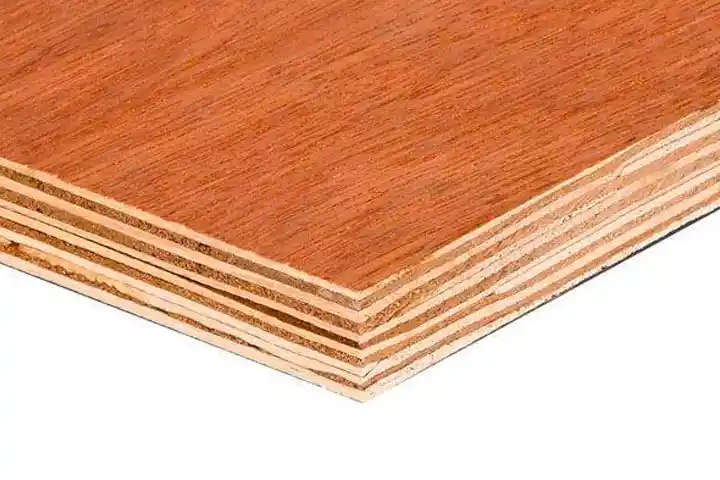Veneer Panels
Nordus Veneers
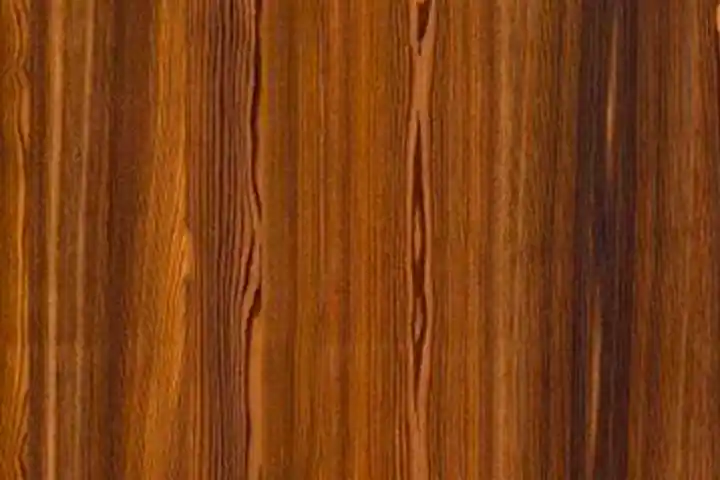
Nordus veneer panels begin by collecting the best softwood and birchwood which is then processed into finely cut veneer. Nordus have 8 designs available aiming to share the beauty of nature, playing into the trend towards a more Scandinavian modernist interior design. Choose form 8 veneer designs. Panels are double sided with an 18mm MDF core.

Querkus Oak Veneers
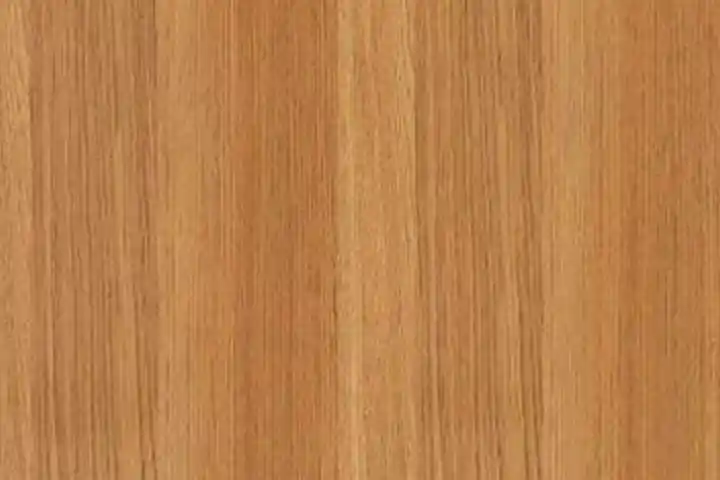
Querkus veneer panels are the ecological answer to the contemporary interior design trends in Northern Europe. Oak is the medium, with the range separated into distinctive styles including Natural, Vintage (recycled), Smoked and Retro. Querkus use less wood to compose their veneers, making them a more cost effective and environmentally friendly option.

Dartmoor Veneers
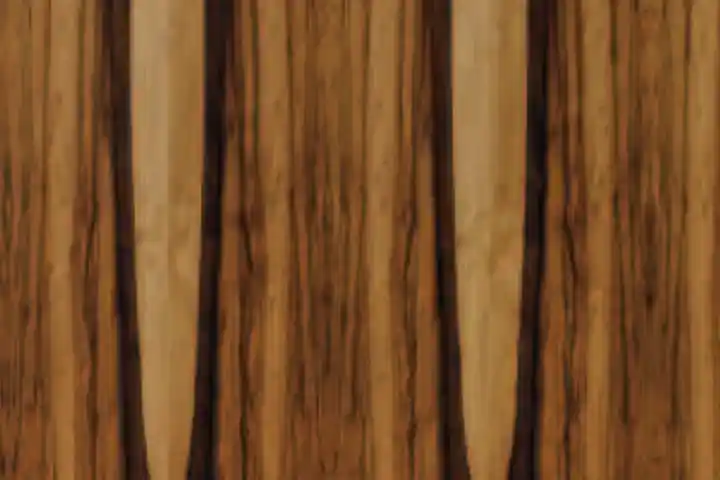
Dartmoor veneer panels are premium high quality veneer panels carefully made to attain maximum grain structure and colour consistency. The species range includes Oak, Black Walnut, Cherry and Maple. Dartmoor offer the most consistent and highly graded commercial veneer board on the market with a huge range of options to meet the most exacting customer requirements.

Shinnoki Veneers
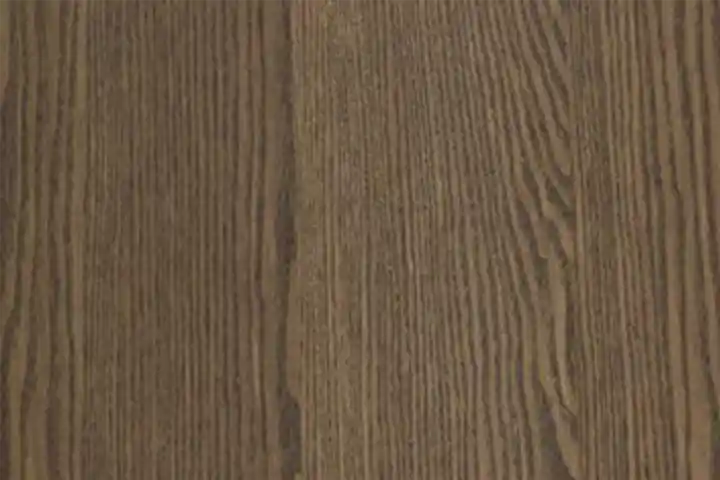
Shinnoki offer pre-finished wood veneer panels for architects and cabinet makers to design and create stylish and distinctive interiors. Shinnoki products are ready-to-use and as easy to work with as a melamine board, a huge time and cost-saving. Shinnoki veneered panels have high quality finishes and feel like a real wood veneer. 16 styles to choose from.

Get a quick quote: Use our cut list form to add your chosen panels and your required finished sizes.
| Veneer Panel Brand | Veneer Panel Thickness* |
| Nordus | 0.6mm or 1.5mm plus 18mm MDF core |
| Quercus Oak | 0.6mm to 3.5mm depending on design, plus core MDF |
| Dartmoor | 7mm, 10mm, 13mm, 16mm, 19mm, 26mm and 31mm |
| Shinnoki | 19mm |
* Availability of different panel thicknesses can vary due to manufacturers and supplier stock.
Veneer panels and sustainability
It is worth noting that veneer panels contribute to sustainability efforts in the woodworking industry. By utilising veneers, which are thin slices of wood, the production process maximizes the usage of each log, minimizing waste. Additionally, the backing substrates of veneer panels are often made from sustainable and eco-friendly materials, further reducing the environmental impact.
Veneer panels and sustainability
It is worth noting that veneer panels contribute to sustainability efforts in the woodworking industry. By utilising veneers, which are thin slices of wood, the production process maximizes the usage of each log, minimizing waste. Additionally, the backing substrates of veneer panels are often made from sustainable and eco-friendly materials, further reducing the environmental impact.
Veneer Panels: The Artistry of Nature Combined with Modern Ingenuity
Veneer panels are a testament to the harmonious blend of nature’s beauty and human craftsmanship. These exquisite panels, made through a meticulous process, bring the warmth and elegance of real wood to interior spaces. In this article, we will explore how veneer panels are made and delve into their diverse applications across various industries.
How are veneer panels made?
Veneer panels are created by carefully slicing thin layers, known as veneers, from natural wood logs. The selection of high-quality logs is crucial to ensure the desired grain patterns, colors, and textures in the final product. Once the logs are chosen, they undergo a process called peeling or slicing, where they are rotated against a blade, producing continuous sheets of veneer.
The sliced veneers are then sorted and matched for consistency in color and grain. This step involves the discerning eye and expertise of craftsmen, who carefully arrange the veneers to create a seamless and visually appealing pattern. The veneers are then bonded to a stable backing material, typically a plywood or MDF (medium-density fiberboard) substrate, using a strong adhesive.
The bonding process is usually carried out under pressure and heat to ensure a secure and durable bond between the veneer and the substrate. This combination of natural wood veneer and a stable backing material results in veneer panels that possess the beauty of real wood while offering enhanced stability, durability, and ease of installation.
Veneer panel applications
Veneer panels have a wide range of applications in the field of interior design and architecture. One of the primary uses of veneer panels is in furniture manufacturing. These panels are employed in the creation of elegant and high-quality furniture pieces, such as tables, cabinets, and wardrobes. The natural variations in grain and color of the veneer panels add character and sophistication to furniture designs, making them stand out as unique works of art.
Veneer panel cladding and panelling
In addition to furniture, veneer panels find extensive use in interior wall cladding and paneling. They can be installed as full wall coverings or used as accent features, creating a warm and inviting atmosphere. Veneer panels bring the richness and depth of natural wood to spaces, offering a touch of luxury and timeless beauty.
Veneer panels in architecture
Veneer panels also play a significant role in architectural projects. They can be utilised in the construction of doors, partitions, and decorative elements. The versatility of veneer panels allows for the creation of customised designs, adding a touch of elegance to residential and commercial buildings alike.
Veneer panels in cabinetry and millwork
Veneer panels find applications in the production of high-end cabinetry and millwork. The precise and consistent grain patterns of the veneers add a touch of sophistication to kitchen cabinets, bathroom vanities, and custom-made storage solutions. The durability and timeless appeal of veneer panels make them an excellent choice for long-lasting and visually pleasing cabinetry.
In conclusion, veneer panels represent the perfect marriage of natural wood and modern manufacturing techniques. The careful selection and slicing of veneers, followed by the bonding process, result in stunning panels that bring the beauty of nature into interior spaces. Veneer panels find applications in furniture manufacturing, interior cladding, architectural projects, and cabinetry. With their timeless elegance, durability, and environmental benefits, veneer panels continue to be a sought-after choice for those seeking to infuse their spaces with the artistry of nature.
More Board Types
Medium Density Fibreboard
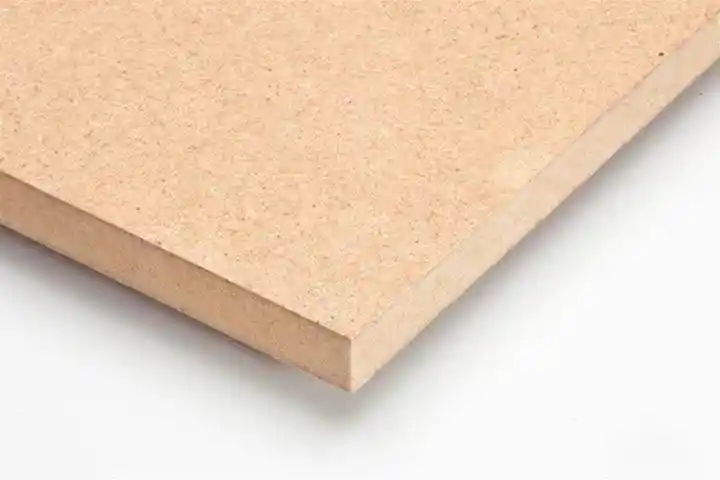
Medium-Density Fiberboard (MDF) has become a staple in the world of woodworking, empowering carpenters, interior designers, furniture designers, and DIY enthusiasts to bring their creative visions to life.
Melamine Faced Chipboard
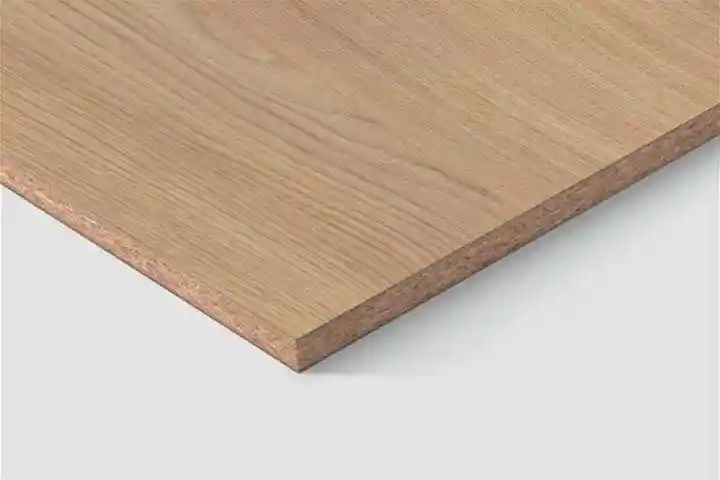
Melamine faced chipboard (MFC) has gained immense popularity in the world of interior design and construction due to its versatility, durability, and stylish appeal. It has revolutionised the way we approach furniture manufacturing and interior decor.
Veneer Panels
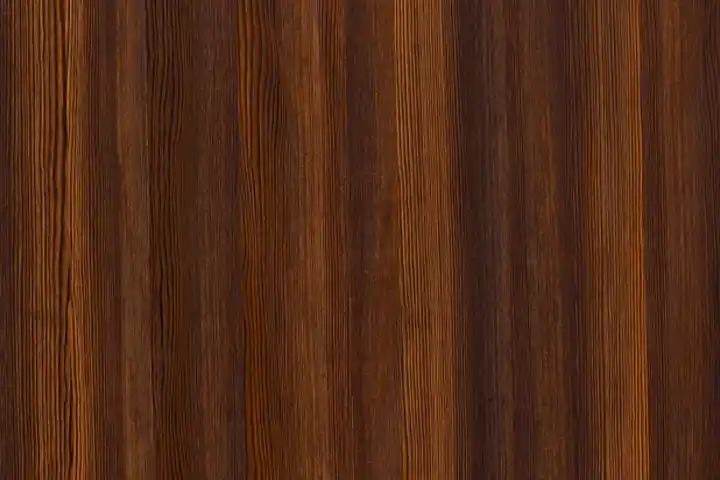
Veneer panels are a testament to the harmonious blend of nature's beauty and human craftsmanship. These exquisite panels, made through a meticulous process, bring the warmth and elegance of real wood to interior spaces.
Laminates
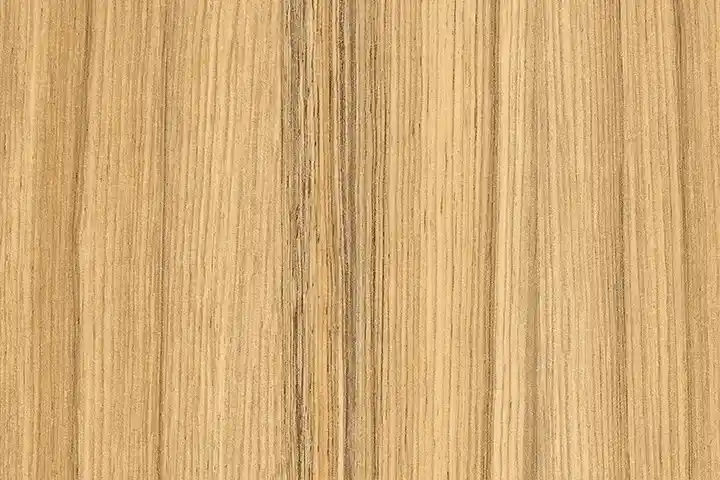
Laminates are a versatile and popular choice for surfacing materials, seamlessly blending style, durability, and ease of maintenance. Laminates can transform surfaces into stunning focal points that withstand the test of time.
